Climate Ready School Grounds
How we can work together to help school grounds in Scotland tackle the climate emergency.
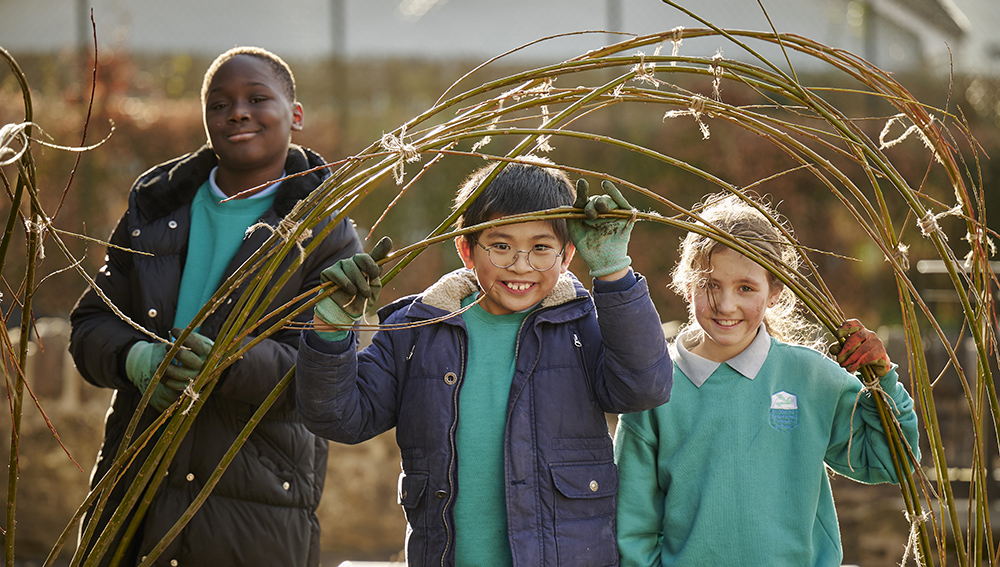
As our climate changes could we do more to use school grounds to address climate risks, while creating an outdoor environment that supports learning and play?
Developed in partnership with Learning through Landscapes, we have launched a new resource to help designers, local authorities and teachers play their role in adapting school grounds to tackle the climate emergency.
We worked with Learning through Landscapes to facilitate workshops with three schools to better understand the areas that we need to focus on in order to adapt our school grounds for a changing climate. Following a year of collaboration, this resource was developed to consider six technical areas:
- Heat, cold and wind stress
- Carbon management
- Water management
- Biodiversity ecosystems
- Air quality
- Learning, play and community
Learning through Landscapes have developed a variety of case studies and action plans, with a range of schools and organisations, to support the development of Climate Ready School Grounds.
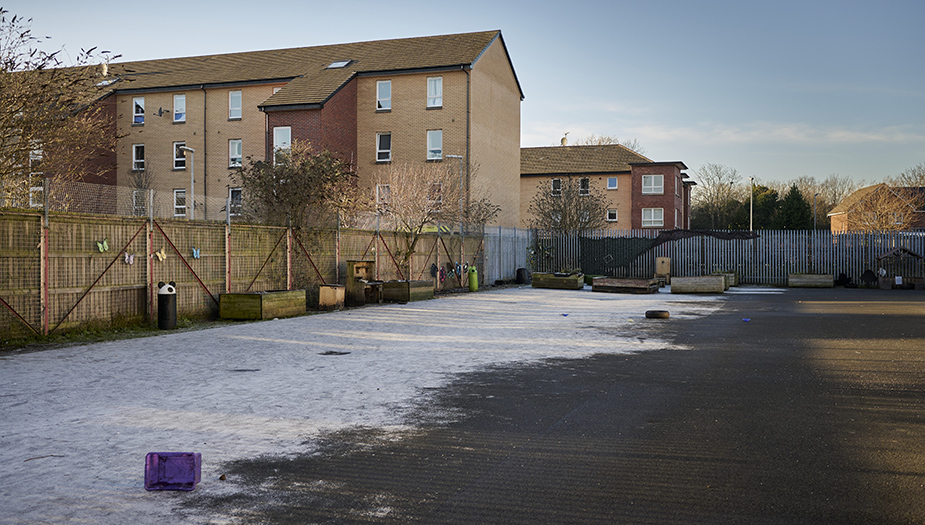
Heat, cold and wind stress
Greenhouse gas emissions are changing our climate, leading to more extreme weather events and hotter temperatures.
The impacts of climate change will vary across the UK, with some areas more vulnerable than others. For some in the south-east and in cities, managing summer heat may be the biggest challenge, while in north-west Scotland our schools are at risk from more violent storms.
Continuing business as usual is not an option, as it will only lead to more extreme weather events and higher energy costs.
How to mitigate heat, cold and wind stress
If you are working with a school and have undertaken a School Grounds Climate Survey or a pupil workshop which highlights that excess heat, severe cold or wind speeds are an issue, you can find some nature-based solutions to improve the school grounds here.
Some of these solutions are well placed to be implemented at lower capital cost than building refurbishment or technological solutions. Some, such as increasing hedges, shrubs and trees in schools, are ideal for pupils to get involved with practically through planning, planting and maintaining.
National Summaries - UK Climate Risk Assessment
For further information on the existing climate risks and the need to take them into consideration when designing, we recommend this independent assessment, which assesses 61 risks and opportunities from climate change to Scotland, including:
- business
- infrastructure
- housing
- the natural environment
- our health and risks from the impacts of climate change internationally
Climate Change Adaptation Programme
The Scottish Climate Change Adaptation Programme identifies some of the key consequences for Scotland that may occur from the impacts of climate change.
Learning Through Landscapes have developed resources for schools to help manage heat, cold and wind stress. These include:
How we work to tackle the climate emergency
In this blog, we share examples of work we have been doing in Architecture and Design Scotland that aims to tackle the climate emergency across a number of scales.

Carbon management
The average school grounds currently do little to absorb and store carbon. Nature-based solutions in school grounds can increase how much carbon is taken from the atmosphere and stored in the soil, plants and trees.
We know from our research that just over 84% of the school grounds is made up of hard surfaces or mown grass – neither of which offer significant carbon benefits.
How to improve carbon management
It is a common assumption that trees are 'the' solution. However, research shows that smaller plants and shrubs are faster and more effective at sequestrating and storing carbon in the soil and plant structure. In the long term, trees will help, but our starting point should be a more varied planting scheme and plan.
“We need to understand that trees are not the only way of sequestrating carbon, and indeed that plants and shrubs may provide a faster and greater rate of carbon removal from the atmosphere. Research into farmland soils has proven that herb rich meadows can remove carbon from the atmosphere and lock it up in our soils a rate of 128 tons per hectare or more. This connection between carbon and soil should therefore be something our learners explore and understand.” - Merrick Denton-Thompson, Past President, Landscape Institute
There is an argument that by not sheltering a building from heat, cold and wind stress, we make the building energy services work harder, resulting in more Greenhouse gas emissions. By creating planting schemes that are not only fit for purpose but also consider their ability to shelter a building from heat, cold and wind stress, a nature-based solution could generate co-benefits that aid with reducing an occupied buildings greenhouse gas emission.
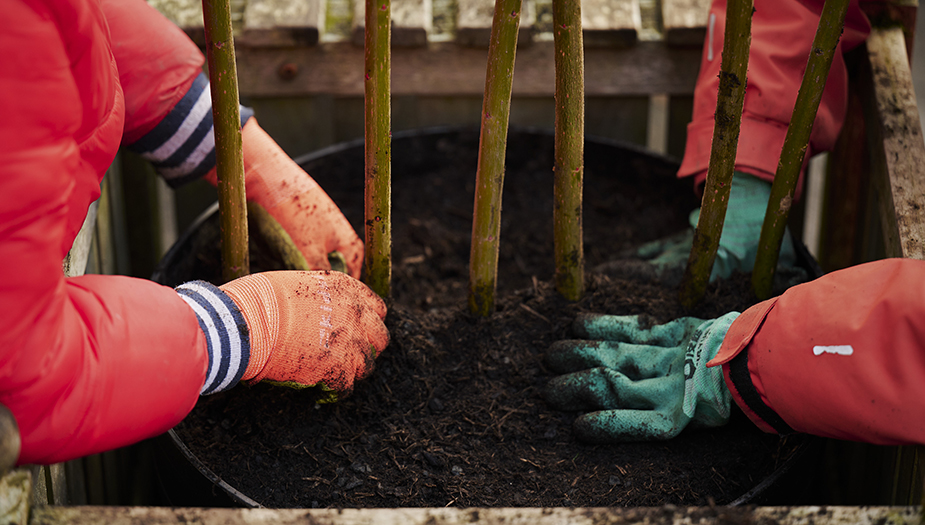
Local authorities need to comply with the Public Bodies Climate Change Reporting Duties, adaptation of school grounds could be included in their reports back to Scottish Government. Consider the following resources to help guide you with your reporting.
Reports (sustainablescotlandnetwork.org)
The Climate Change (Duties of Public Bodies: Reporting Requirements) (Scotland) Order 2015 (legislation.gov.uk)
This is the current guidance from Scottish Government on offsetting/insetting:
Logie Coldstone Village Hall
This case study shares the story about a community led energy efficiency project in the rural community of Logie Coldstone in Aberdeenshire.
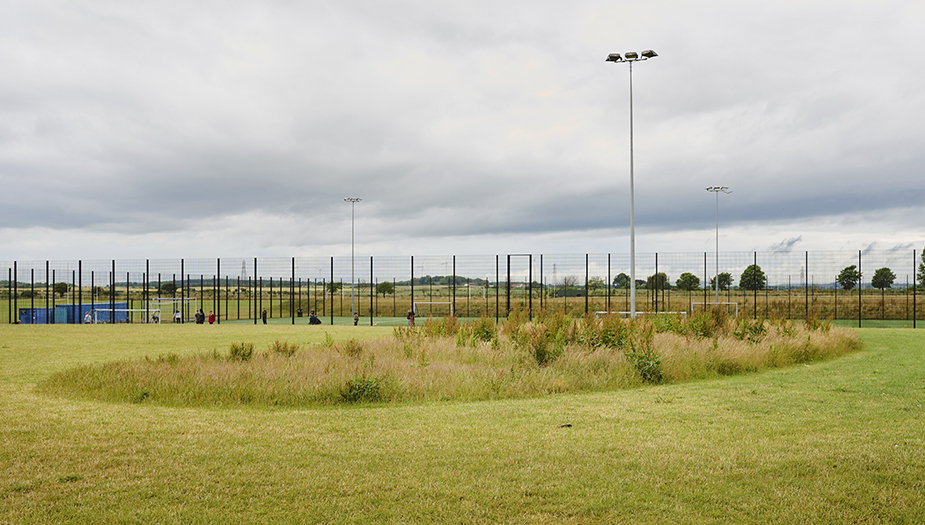
Water management
All schools should consider managing rainwater and moisture on their grounds as they account for a significant area of land. When we consider water management in school grounds, there are two extremes we need to plan for, depending on your school's location.
The two issues of flooding and drought are not necessarily interlinked, but also are not exclusive.
How to address water management
If you are working with a school, a good starting point is to do a school survey of the area using the School Grounds Climate Survey.
The survey would help you identify the areas in the school grounds prone to holding too much moisture – from flooded to constantly muddy areas. It should also show where water leaves your school site, either by artificial means such as pipes or by natural means such as plants transpiring* and using water.
Scottish Environment Protection Agency (SEPA)is responsible for forecasting, monitoring and reporting the situation facing Scotland's water resources and produces a regular report during the summer months. Reports published weekly can be accessed in their water scarcity report here.
* Transpiration is the process of water movement through a plant and its evaporation from aerial parts, such as leaves, stems and flowers.
Flooding
Permanently wet or muddy areas in school grounds are not always caused by an issue at the place where water gathers. It may be that water permeates above or below ground to a particular place, or indeed cannot escape. Some flooding issues may require a technological solution, as well as those which are nature-based.
Below you will find some resources with ideas to manage rainwater which you may be able to implement at a lower capital cost than a larger scale technological solution. These are typically rain beds, rain gardens and planting to collect and absorb rainwater and dry the grounds through the root systems and transpiration from plants, shrubs and trees
You may however decide that your grounds do need significant technical and design input, and that you that you should bring in a Landscape Architect or Engineer to implement a larger site wide approach to water management.
Drought
The first thing to consider when aiming to retain water on site is how you might ‘catch’ the rainwater and store it so that plants can use it later. On school sites, simple features such as water butts, rain beds and rain gardens can do much to catch water early on and slow its release.
Larger measures such as swales and planted swales, even ponds and pools, can also be used. These can quite often be a larger project, with higher costs and demand more expertise. Many are used to slow water heading off a site, but designed well, they reduce both issues of flooding and water retention which can be use for plants, play or learning.
The second thing to consider is how you reduce evaporation and transpiration from surfaces and plants. Typically this water loss increases through heat (particularly direct sunshine) and through wind (particularly a constant wind).
Your site survey will have shown where heat, sunlight and wind most affect your site. The buffer planting which is highlighted in cold, heat and wind stress section has a dual benefit of reducing water loss. However, simple changes to surfaces so that bare earth is not exposed can also offer significant retention of moisture. This can be planted or it can be artificial through use of membranes covered in gravel or bark.
Creating an environment better suited to a changing climate can reduce the need for watering. In Summer, a cool, slow windspeed across a site could help with tackling drought. But so can the plants, shrubs and trees we choose. Many varieties are drought resistant, and the way and places that we plant them also reduces the need for watering to keep plants alive through the driest months.
Funded and commissioned by Greater London Authority, this document explains Sustainable Drainage Systems (SuDS), their benefits and enables readers to make good decisions about their inclusion in existing schools. This document is designed for those managing schools and making decisions on the quality and upkeep of premises and surrounding estate. This includes head teachers, business managers, school governors, site and building managers.
Learning points: a blue-green strategy for Kilmarnock
Flooding is a major issue for Kilmarnock. It affects both the town centre and its areas of vacant and derelict land. Recent risk assessments cast doubt on the viability of sites previously allocated for development. Explore learning from our workshop on blue-green infrastructure good practice.
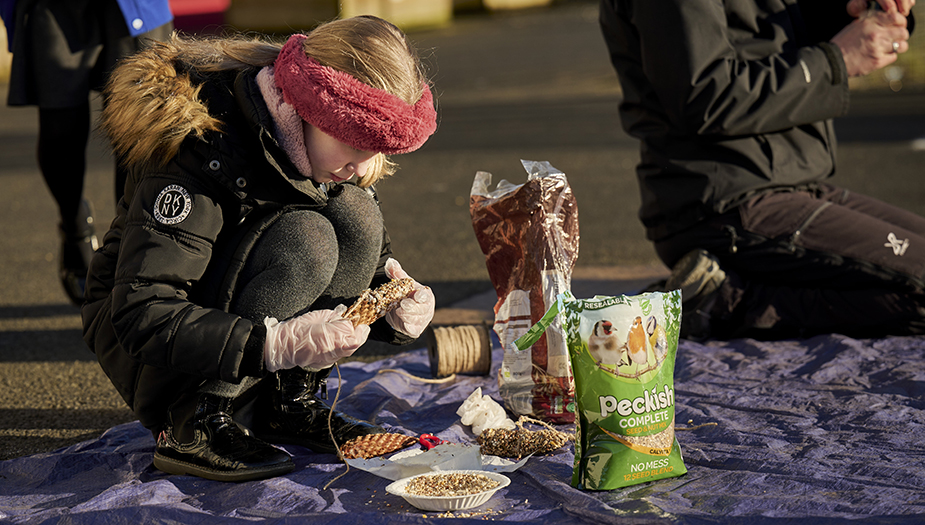
Biodiversity ecosystems
As our climate changes, so will the biodiversity and ecosystems around us. Our existing school ecosystems will need to adapt, perhaps at a faster rate than nature can manage. This change will impact biodiversity, as previously thriving plants and animals will now struggle due to this change.
We already know that our ecosystems are declining for several of reasons. School grounds, which are usually dominated by grass and tarmac, offer a chance to make a measurable difference to biodiversity.
How to improve biodiversity ecosystems
Changes do not have to be ‘wild’ to positively impact biodiversity. Food gardens and flower gardens for example, can attract a range of wildlife. Robust shrubs or hedges, which require minimal maintenance, offer shelter and food for wildlife. Doubling up a perimeter fencing with a hedge or climbers is a simple change, and one which can also significantly improve air quality and reduce windspeed at the same time.
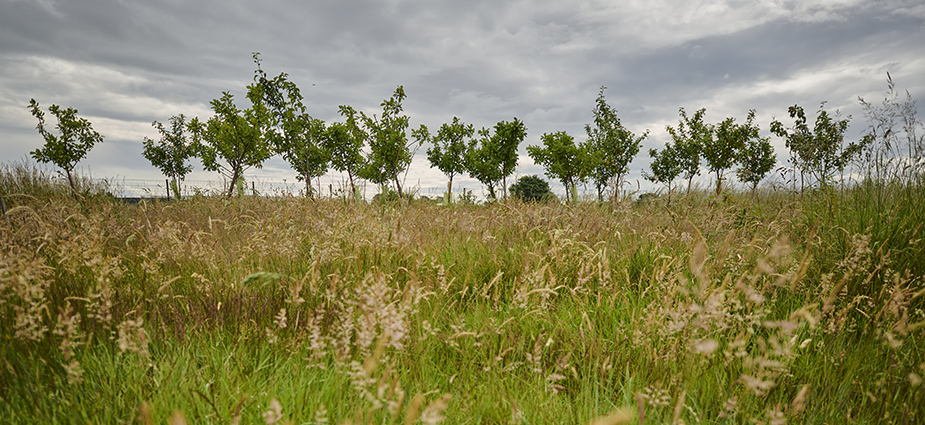
Some schools have found that simple changes to a mowing regime can also provide more opportunities for wildlife. If you want to go further, then planting wildflower and herb-rich meadows is a very valuable step. They do require some more maintenance, and you should read the ‘Polli:Nation Maintenance Guide’ if you are thinking of sowing them.
The areas of space needed can also be modest, with things like hedges or planters able to make significant impact even in a ‘concrete jungle’ of a school ground. Many schools have fenced off areas that pupils rarely enter or unused sports field corners. You can also consider using planters on hard surfaces. These can be permanent, or if needed, they can be moved and ‘portable’ in the future, leaving clear tarmac again.
The Biodiversity Strategy to 2045 sets out our clear ambition for Scotland to be Nature Positive by 2030, and to have restored and regenerated biodiversity across the country by 2045. Some of the current legislations that would be useful to familiarise yourself with are:
Nature Conservation (Scotland) Act 2004
Wildlife and Countryside Act 1981
Wildlife and Natural Environment (Scotland) Act 2011
The Conservation (Natural Habitats, &c) Regulations 1994
Legislation relating to Environmental Impact Assessments
Marine and Coastal Access Act 2009
The Conservation of Offshore Marine Habitats and Species Regulations 2017
A simple simply site survey of the school using this resource (School Grounds Climate Survey) could help inform how much biodiversity the school currently has, but it may take some more thinking and research to consider what changes might be needed due to climate change, or in what way you can improve what you already have.
The Polli:Nation maintenance guide is also available on Learning through Landscapes website. The guide aims to help both schools and ground staff maintain school grounds for the benefit of children and pollinating insects.
The natural health service
There is a growing evidence base of individual and social health and wellbeing benefits from outdoor activity and contact with nature. This resource, first published in 2010, explores a green vision for NHS Scotland’s outdoor estate.
Creating greenspace and biodiversity
Greenspace and biodiversity can add a lot to towns and town centres, and in particular action to support resilience to climate change. The author of this blog is Emilie Wadsworth from the Green Action Trust, an environmental regeneration charity based in North Lanarkshire.
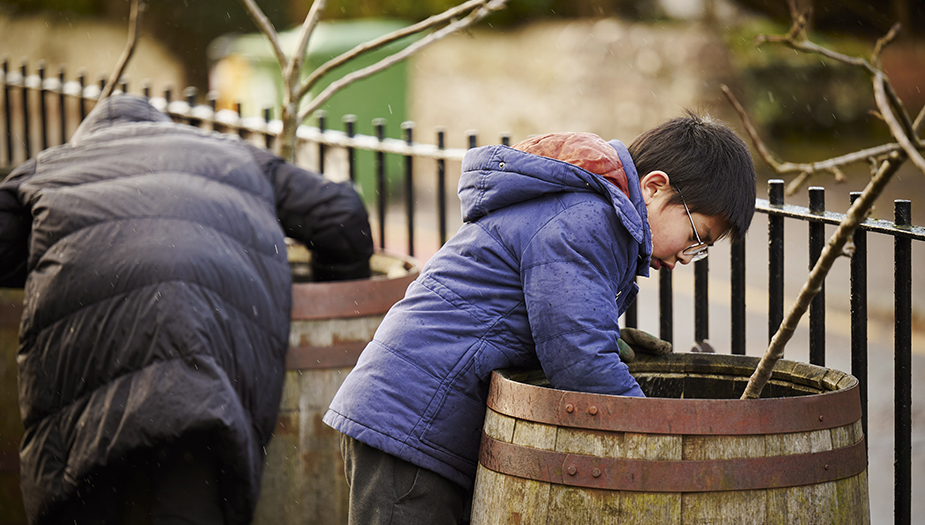
Air quality
Many schools are situated next to roads and other sources of pollution. Protecting children from this harmful pollution as they spend more time out of doors is vital.
How to mitigate air pollution
There are existing guides which focus on tackling the sources of pollution, encouraging walking and cycling to school, no idling zones and more. These are excellent, and any school considering mitigation of pollution should also consider a strong active travel programme and take the time to identify the sources of pollution to inform an approach on tackling the issue at its source.
A reduction at source notwithstanding, school grounds and local areas can employ nature-based solutions to reduce pollution in the school grounds. It is however an area which pupils need to research and understand in order to create the right solution for their own setting.
Typically, we would expect to plan nature-based solutions as close to the source as possible. This then may involve looking beyond the school grounds and onto adjoining verges and streets.
However, having a school boundary or barrier planting which can filter pollution in the school can have significant benefits too. In addition, these barriers can reduce wind speed, manage water and create shade too.
The resources provided below offer a scope of solutions and areas to consider when considering the improvement to air quality.
Air quality - Pollution - gov.scot (www.gov.scot)
Cleaner Air for Scotland 2 - Towards a Better Place for Everyone - gov.scot (www.gov.scot)
Getting our towns climate-ready with blue and green infrastructure
How can blue and green infrastructure contribute to the future success of our towns as low carbon, climate-ready places where people want to be? Deryck Irving of the Green Action Trust explores how we can use green space and manage water to make our towns climate-ready in this blog.
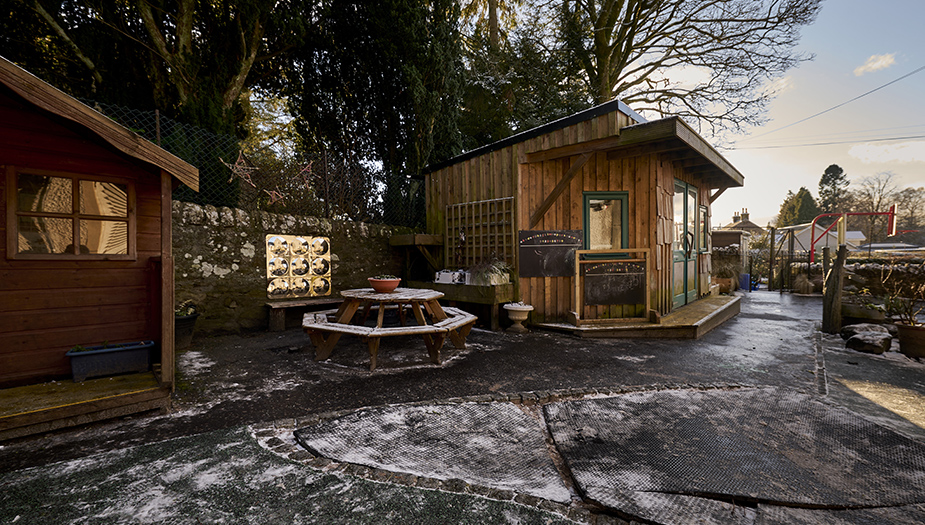
Learning, play and community
School grounds are vital spaces, especially when it comes to learning the topics around climate change and sustainability. They do however, have universal benefits. We should ensure our school grounds are as compelling, attractive and comfortable in the face of the climate and biodiversity crisis.
Universal
Not every child has access to a private garden, nearby park or an area of woodland. Almost every child has access to school grounds.
In addition, a quality school ground can also improve inclusion by ensuring everyone has access to learning and play opportunities. Taking into account culture, physical or sensory needs, providing a different experience from learning indoors is important when you consider equity of access to school grounds.
Regular
There are positive benefits for a daily experience of a natural space through all weathers and seasons. By ensuring spaces are resilient to our changing climate, we can enable continuing access to them for our pupils to learn and play.
Time
Most children and young people will spend around 20% of their time at school in the playground for breaktime. For many, this will be more than in any other outdoor play setting. This unstructured outdoor time is more than double the time that they spend in PE lessons.
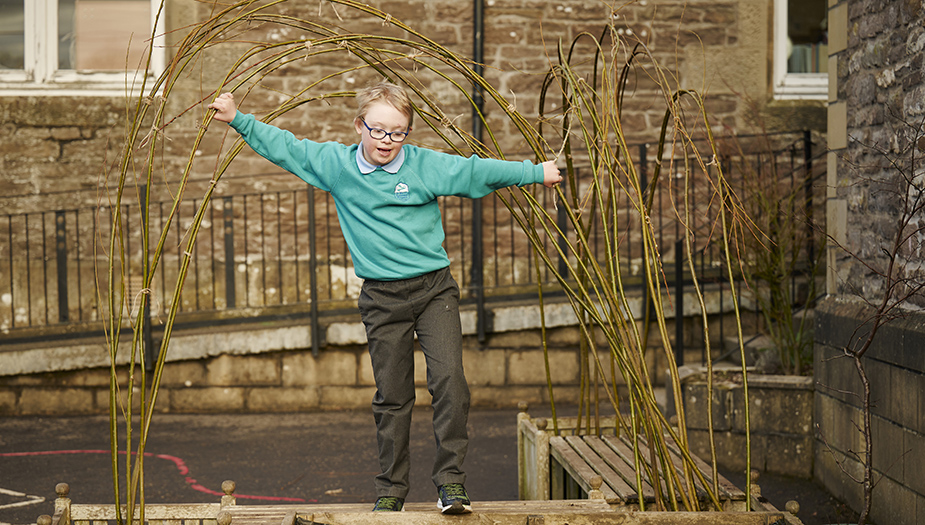
Accessible
School grounds are usually the most accessible outdoor area for teachers, eliminating travel costs and time.
Ownership
Children can be actively involved in the management of their school grounds, helping to foster attitudes of stewardship and responsibility. This sense of ownership can help in future years, protecting the school grounds from vandalism and under-investment.
Partnership
Working in partnership has been identified as a key aspect of quality outdoor learning and play, and our school grounds are the perfect example of this in action. Local community groups or knowledgeable local people are often looking for a project to volunteer time to or to further their aims.
Community
Community-use school grounds can be valuable assets which foster strong community interaction, or they can become islands of isolation, separated from the local neighbourhood. During weekends, evenings and school holidays, some school grounds could become community playgrounds, parks or growing spaces.
In Paris, school grounds have been adapted to create cool oasis for play through the heat of the summer holidays, and all in the community are welcome.
In Berlin, the grounds of one primary school are a popular venue for children’s birthday parties. After school, parents relax with coffee and cake in the attractive grounds while children enjoy the amazing outdoor play features provided by the school. There’s a vision to aim for!
Below are some resources that can help you consider how to ensure that your school grounds are accessible by the community, and how the community can help you develop your grounds.
A child’s right to play is enshrined in the United Nations Convention on the Rights of the Child (UNCRC), for further information, click on the links below.
The Right to Play - Play Scotland
Getting it Right for Play: Childrens Play in Scotland - the policy context - Play Scotland
Learning Through Landscapes have developed resources for schools to empower schools to use their outdoor spaces for learning, play and community. These include:
Resource related to learning, play and community
Resources that showcase the benefits of outdoor learning for health and wellbeing can also be found on Learning Through Landscapes website.
Our work with Queen Margaret University
We are working collaboratively with Queen Margaret University on a project to develop an Outdoor Learning Hub on campus that will create access to different environments for learning activity, community engagement, and professional development.
Reflections on the sustainable learning estate
A summary from the 2022 Learning Places Scotland conference Making a Place for Outdoor Learning talk explored the methodologies, challenges, and benefits of creating an outdoor space for learning.
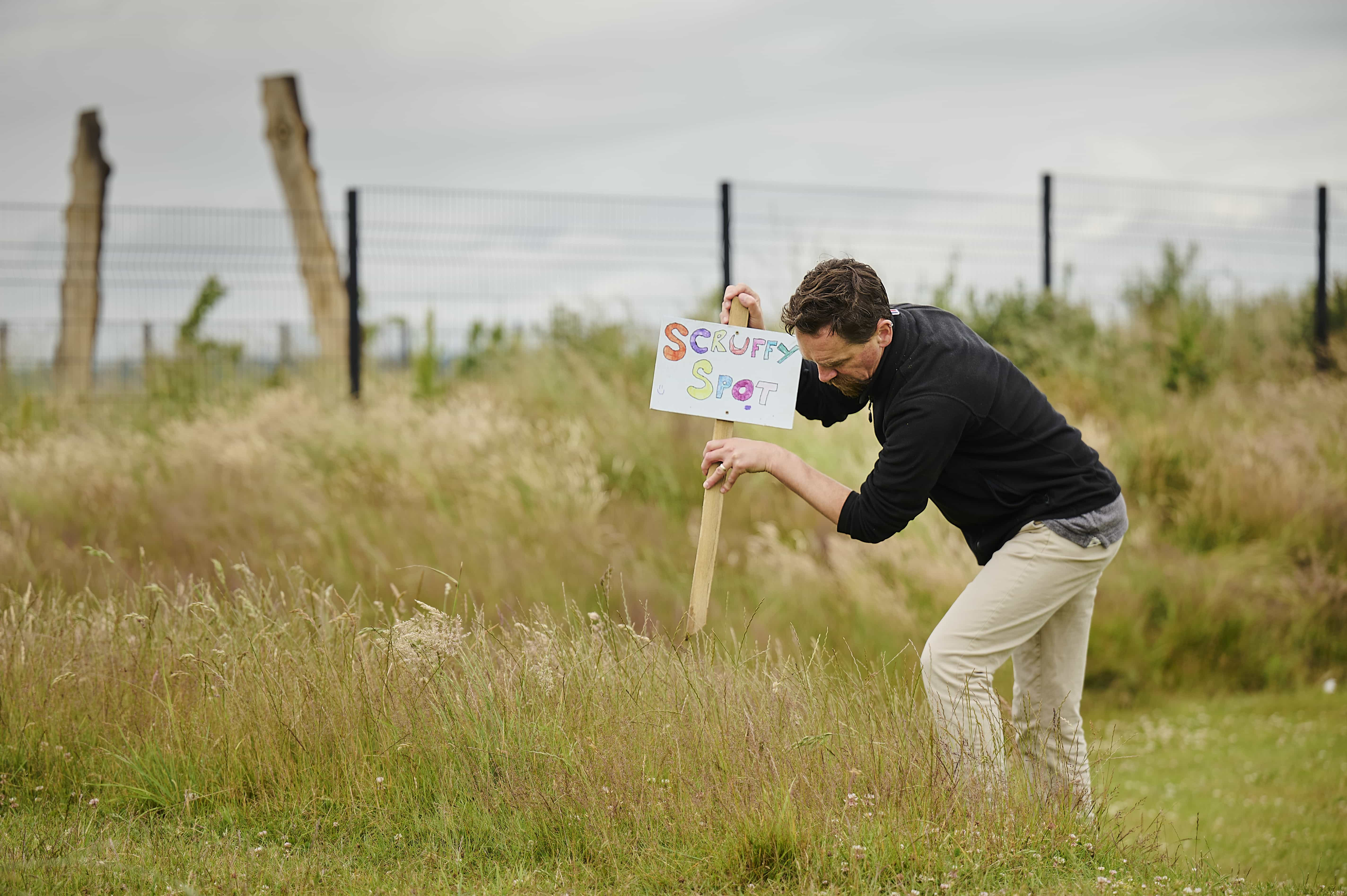
Case studies and action plans
Below you will find a variety of case studies and action plans from schools involved in the project and a range of other schools and organisations taking forward Climate Ready School Grounds.

Header image St Mary's Primary, Dunblane.
All images credited to Malcolm Cochrane Photography.
